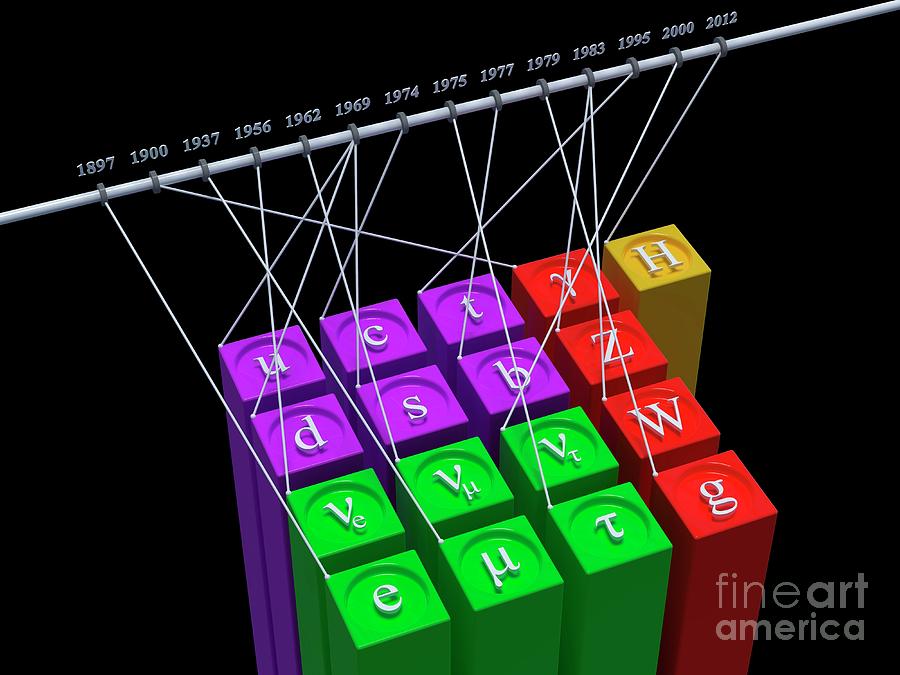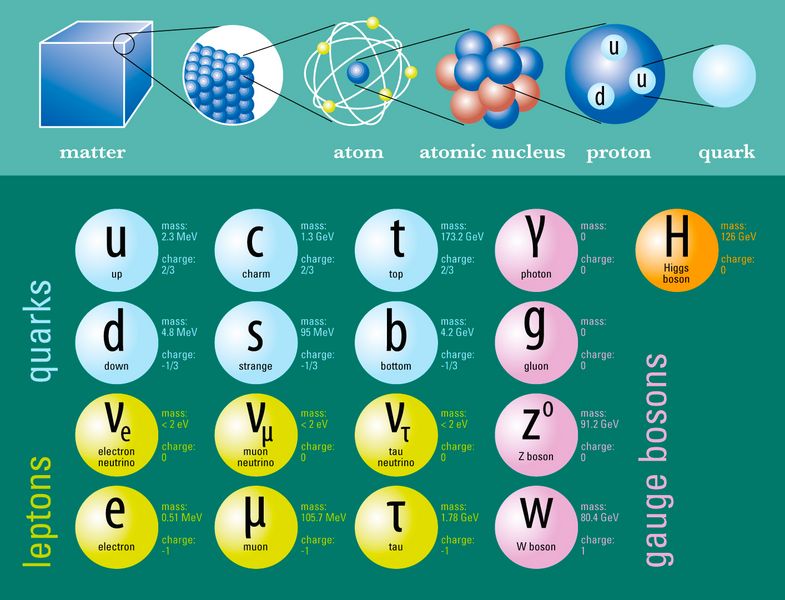

We keep the library up-to-date, so you may find new or improved material here over time. Here, you can browse videos, articles, and exercises by topic. What was thought of as a single particle about 1 × 10¹ m across is now known to be a collection. Physicists would like to move beyond the Standard Model to an even more encompassing physical theory. Welcome to the Physics library Physics is the study of matter, motion, energy, and force. Models of the atom The idea of the atom as the building block of matter has developed over time.

It’s been extraordinarily effective at explaining experiments we can do here on Earth, but it can’t account for several major features of the wider universe, including the action of gravity at short distances and the presence of dark matter and dark energy. The Standard Model has been a boon for physics, but it’s also had a bit of a hangover effect. That’s because sometimes the fields of the Standard Model interact with each other quite feebly, as writer Charlie Wood described in the second piece in our series. The Standard Model is complicated, but it is easier to work with than many other quantum field theories. In the video, Professor Tong walks us through that equation term by term, introducing us to all the pieces of the theory and how they fit together. The Standard Model ties them all together into a single equation that scientists have confirmed countless times, often with astonishing accuracy. In the biomedical sciences, physical (material) models, such as Drosophila flies and the nematode Caenorhabditis elegans, are used to investigate the functions of genes and proteins. It captures the interplay between a dozen quantum fields representing fundamental particles and a handful of additional fields representing forces. The Standard Model describes physics in the three spatial dimensions and one time dimension of our universe.

As the Cambridge physicist David Tong puts it in the accompanying video, it’s “the most successful scientific theory of all time” despite being saddled with a “rubbish name.” This incompleteness, however, does not mean the work has been unsatisfying so far.įor our final entry in this “Math Meets QFT” series, we’re exploring the most prominent quantum field theory of them all: the Standard Model.
#PHYSICS SCIENCE MODEL FULL#
We’ve emphasized the unfinished business in both physics and mathematics - the ways in which physicists still don’t fully understand a theory they wield so effectively, and the grand rewards that await mathematicians if they can provide a full description of what quantum field theory actually is. The basic objects of a quantum field theory are quantum fields, which spread across the universe and, through their fluctuations, give rise to the most fundamental phenomena in the physical world. Recently, Quanta has explored the collaboration between physics and mathematics on one of the most important ideas in science: quantum field theory.


 0 kommentar(er)
0 kommentar(er)
